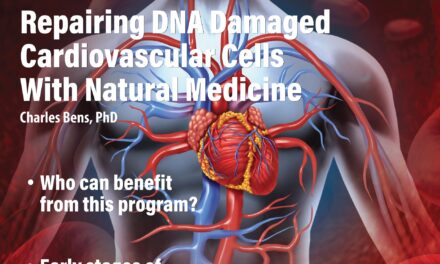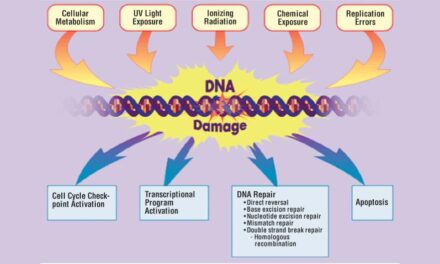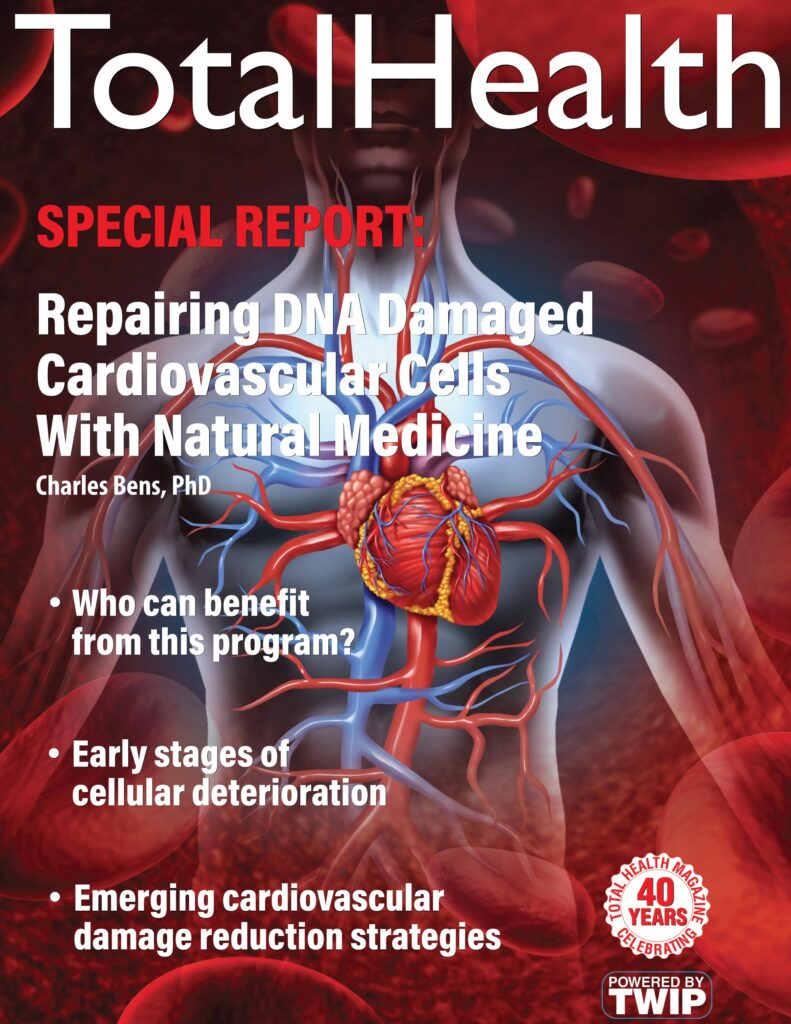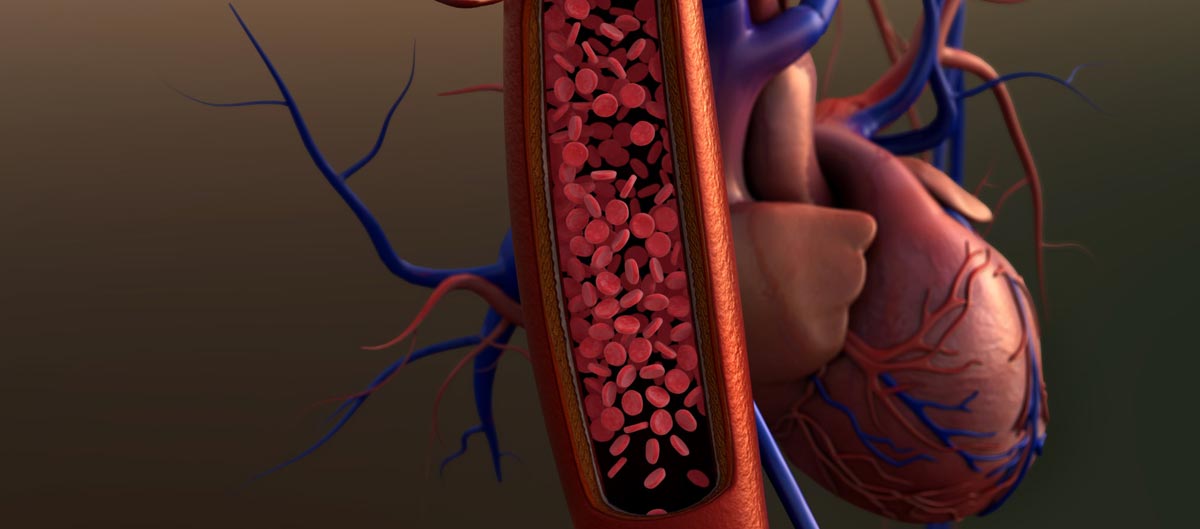
Conclusion and Final Thoughts
1. Stages of prevention- A recent study from Harvard University and reprinted in the Journal of the American College of Cardiology explains the three stages of prevention of heart disease. These stages include secondary prevention, primary prevention and primordial prevention. These three stages include addressing known risk factors and providing treatment prior to any event, based on the avoidance of known risk factors such as smoking, lack of exercise, high blood pressure or poor eating habits. The goal of this article is to establish new stages of prevention based on the repair of damaged cardiovascular tissues. Scientific evidence suggests that this is possible and now more evidence of the effectiveness of this approach can be gathered in doctor’s offices, clinics and hospitals reporting their success, and having it further validated in clinical trials.36
2. The increasing use of nutraceuticals- The use of nutraceuticals in the prevention and treatment of cardiovascular disease has been well established for many decades. A recent study (2019) with 119 references, has documented success in the mitigation of many cardiovascular risk factors such as high blood pressure and the delay of increased risk factors such as the development of plague or hardening of the arteries. The nutritional components featured in this article include vitamin C, flavonoids, garlic and lycopene, which all have antioxidant and anti-inflammatory properties able to modulate various physiological pathways. This article expands on this list, going far beyond these prevention pathways to include cellular repair and replacement pathways which can modulate the cell replacement process pathways.37
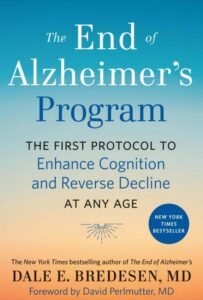 3. The combination of nutraceutical therapies- One of the biggest hurdles with the advancement of medicine towards prevention and cellular repair is the use of the gold standard double-blind placebo-controlled study. These studies have traditionally featured monotherapy approaches for both prescription and nutraceutical examinations. The evidence is continuously pointing to the failure of this approach and one classic example is the resent efforts to find an effective treatment for Alzheimer’s Disease. The Cleveland Clinic reviewed all studies for the treatment of Alzheimer’s over a twenty-year period and found the failure rate to be 99.6%.38 On the other hand, a therapy developed by Dale Bredesen, MD using a multi-therapy approach was successful in 90% of the patients. The study involved ten people diagnosed with various stages of Alzheimer’s, and used thirty-eight factors known to influence the development of this illness. Subsequent experience has validated the success of the Bredesen Protocol.39
3. The combination of nutraceutical therapies- One of the biggest hurdles with the advancement of medicine towards prevention and cellular repair is the use of the gold standard double-blind placebo-controlled study. These studies have traditionally featured monotherapy approaches for both prescription and nutraceutical examinations. The evidence is continuously pointing to the failure of this approach and one classic example is the resent efforts to find an effective treatment for Alzheimer’s Disease. The Cleveland Clinic reviewed all studies for the treatment of Alzheimer’s over a twenty-year period and found the failure rate to be 99.6%.38 On the other hand, a therapy developed by Dale Bredesen, MD using a multi-therapy approach was successful in 90% of the patients. The study involved ten people diagnosed with various stages of Alzheimer’s, and used thirty-eight factors known to influence the development of this illness. Subsequent experience has validated the success of the Bredesen Protocol.39
This challenge to the clinical trial process on the topic of cardiovascular disease is well illustrated by a study in 2021 published in Nutrients- Pathophysiological Basis for Nutraceutical Supplementation in Heart Failure: A Comprehensive review.40 What is clearly needed is a reform of the gold standard for medical studies to allow for, if not encourage, the use of multi-factor treatment therapies not only in clinical trials, but also for studies in doctor offices. We need to find these science-based therapies and put them into practical use as soon as possible to save lives and reduce the cost of waiting for therapies to be declared perfect before encouraging their use.
Disclaimer: While this protocol is supported by solid scientific evidence it is always advisable to consult a well-trained and qualified medical professional to ensure that individual biochemistry and conditions are taken into consideration.
Repairing DNA Damaged Cardiovascular Cells with Natural Medicine
| Previous page: Emerging Cardiovascular Damage Reduction Strategies | Next Page: References |

